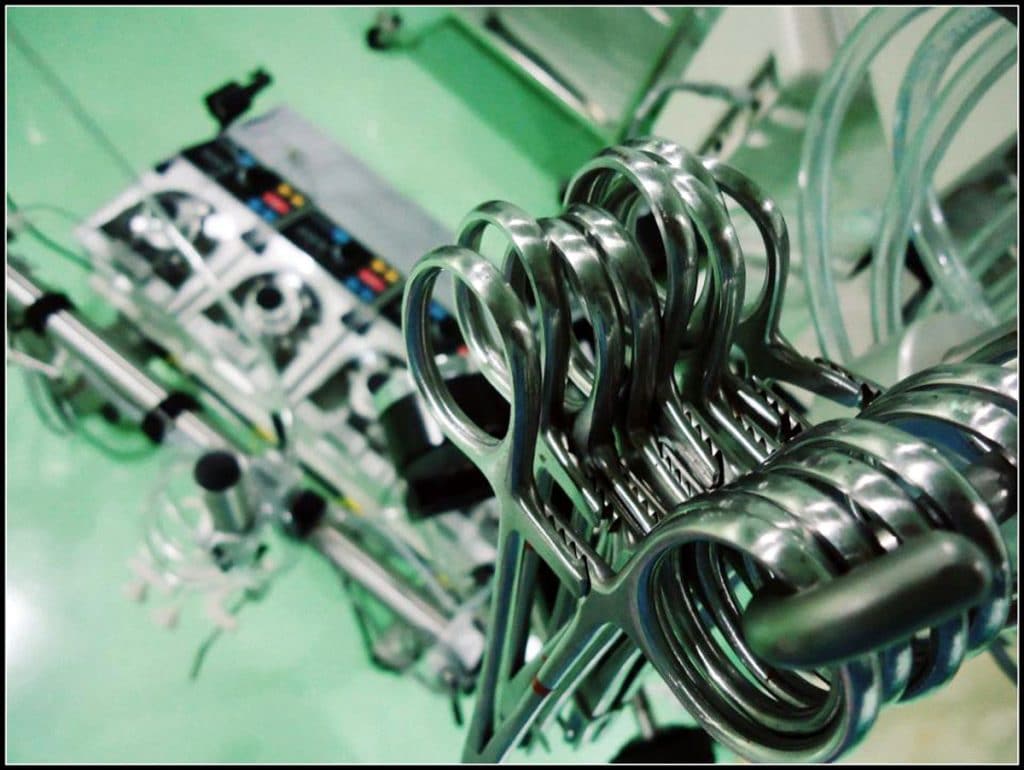Incident Reporting in Perfusion: Current Perceptions on PIRS-2

The Australia and New Zealand College of Perfusionists’ (ANZCP) Perfusion Incident Reporting System was established in 1998 and has evolved to an open access on-line incident perfusion reporting system (PIRS-2). Changes were made to PIRS-2 to promote learning from what went well in unexpected situations. A 9-question survey was e-mailed to the PIRS-2 contact group to elicit feedback on attitudes to voluntarily reporting perfusion-related incidents and near-miss events to PIRS- 2. In August 2019, a 9 question survey using SurveyMonkey® (San MateoCa)was e-mailed to198perfusionists currently on theANZCP PIRS-2 e-mail contacts group. Responses for all responding practicing perfusionists were totaled and expressed as a percentage of the total number of respondents. The respondents were then grouped by region and responses were expressed as a percentage of respondents from each region as well as for grouped responses from Australia/New Zealand (ANZ) and non-ANZ respondents. The response rate was 49.5% with 95 practicing perfusionists completing the survey. In the 12 months before the survey, 22% of respondents had submitted reports to PIRS-2, whereas 79% had read e-mailed reports. Unit culture was the most frequently cited barrier to reporting from all respondents (19%; 0% to 40% by region). Twenty-five percentage of Australian respondents cited unit culture as a barrier to reporting vs. 0% of New Zealand respondents. A combination of concern of discovery and identification of region ranked second as a barrier for 17% of all respondents. The open access ANZCP PIRS-2 voluntary incident reporting in perfusion was widely viewed as relevant and beneficial to both individual practice and to team performance. A high likelihood to considering reporting incidents is tempered by the well-established barriers of ease of the reporting system, the fix and forget phenomenon, concerns of discovery, and a defensive unit culture.
